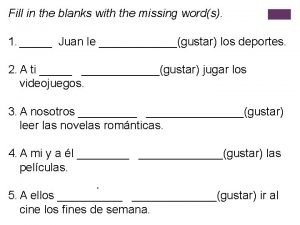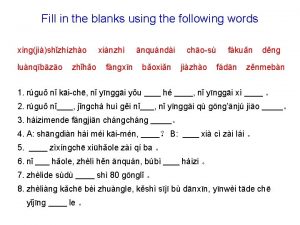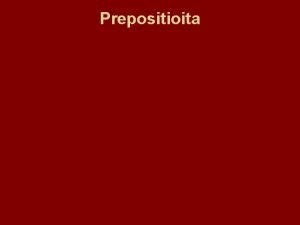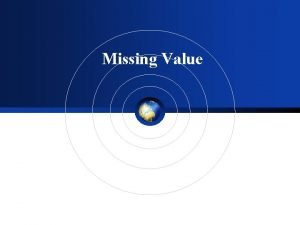Demonstrate 1 Fill in the missing words using



- Slides: 3

Demonstrate 1. Fill in the missing words using these words. (1 mark) DNA Chromosomes Genes Nucleus The genetic material in cells is called _______ it is found in the cells _______. The DNA is coiled tightly into _________. A _______ is a section of DNA that is responsible for each inherited characteristics, such as eye colour. 2. Circle the correct answers in each of the statements below. (1 mark) Our body cells contain 10/23/26/46 chromosomes. The male sex cell is called the sperm/ovum/teste/ovary. The female sex cell is called the sperm/ovum/teste/ovary. Sex cells contain 10/23/26/46 chromosomes. 3. Use the information above and your knowledge of fertilisation to explain why an organism has a mixture of its parents chromosomes (2 marks) 4. The peppered moth has 2 forms, dark wings and pale wings. Before the Industrial Revolution most tree bark was pale. When the pale moths rested on the trees they were camouflaged. During the Industrial Revolution many trees became black with soot. A. Explain why the population of the dark moths increased during the Industrial Revolution (2 marks) B. Use the peppered moths as an example to explain each of these processes Variation Natural Selection

Demonstrate Mark Scheme RED pens please!

Connect Task - Green Pens Please! If you got Q 1 wrong… Define the following terms; DNA, gene and chromosomes If you got Q 2 wrong… Explain why an organism has a mixture of its parents’ characteristics If you got Q 3 wrong… Explain what is meant by the term “variation” If you got Q 4 wrong… 1. Use your knowledge of variation and evolution by natural selection to explain how giraffes evolved long necks. 2. State three reasons why an organisms might become extinct. Extension – Design a model/analogy that could be used to explain Darwin’s theory of natural selection. Evaluate the strengths and weaknesses of your model.





